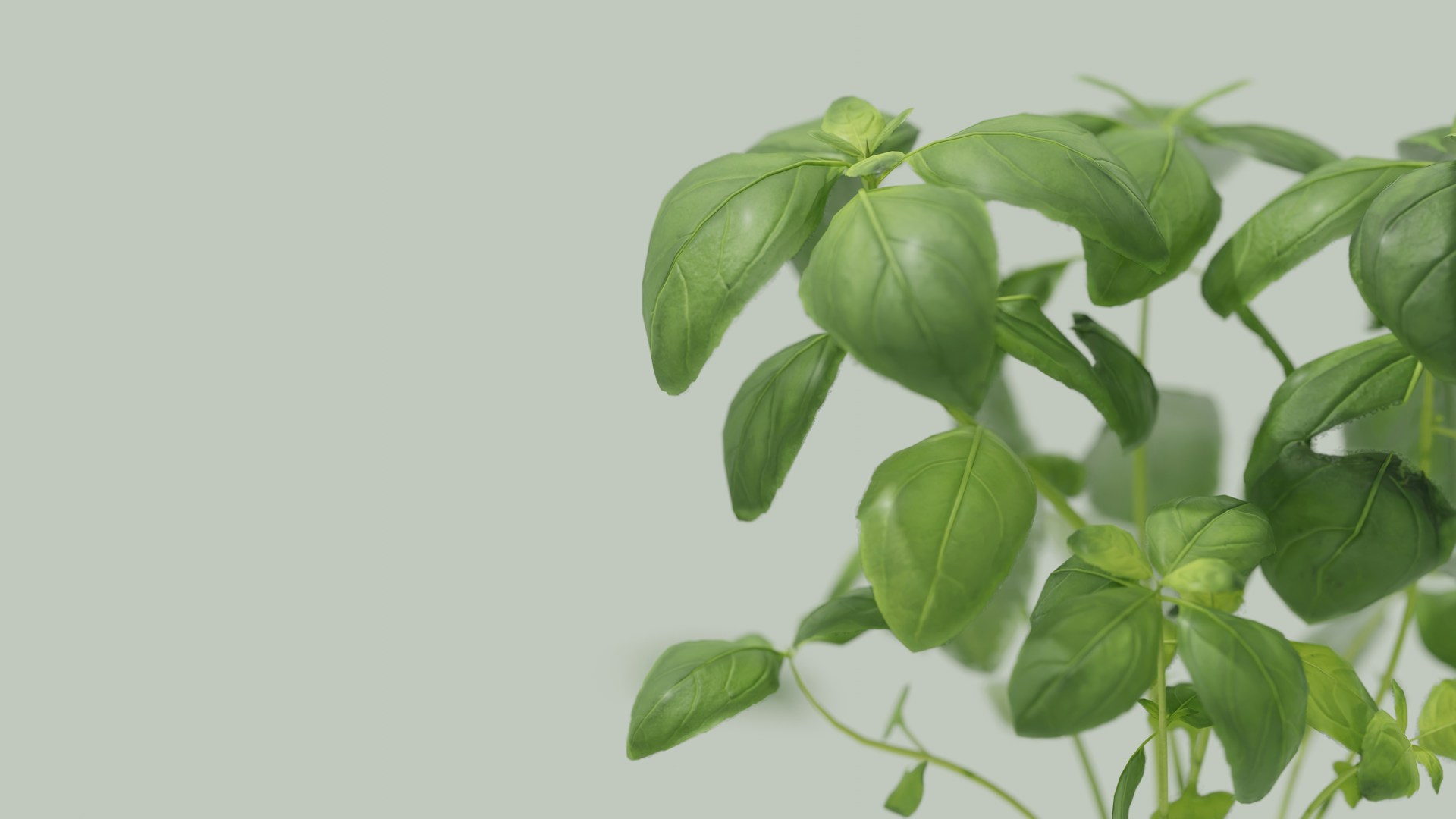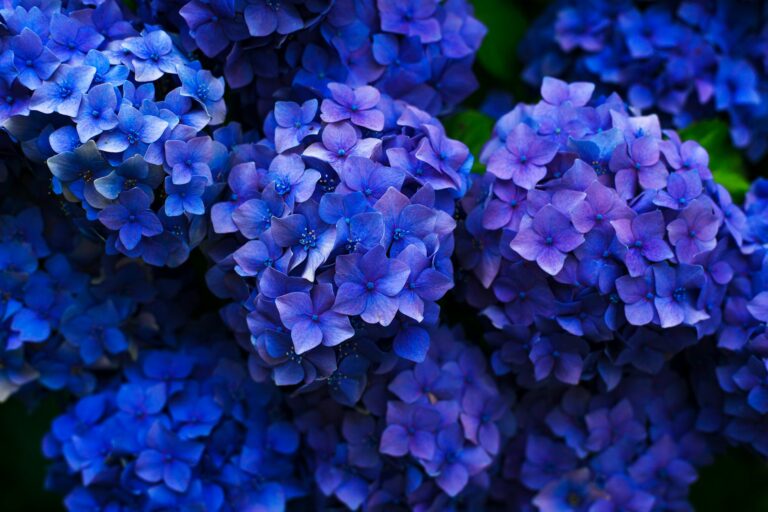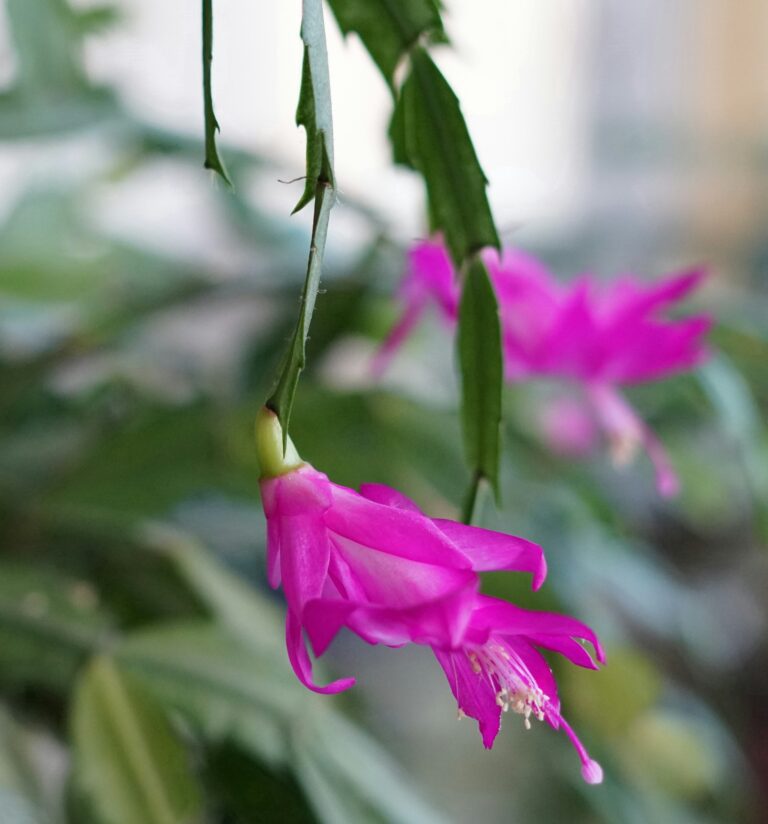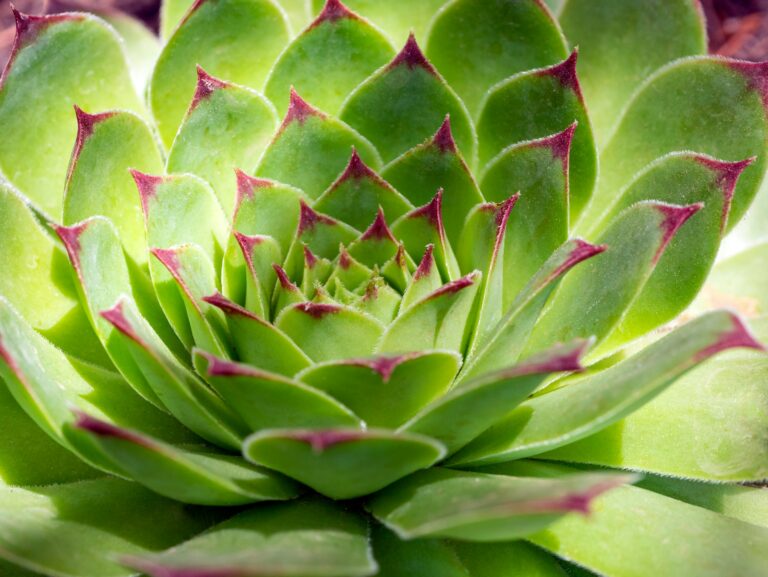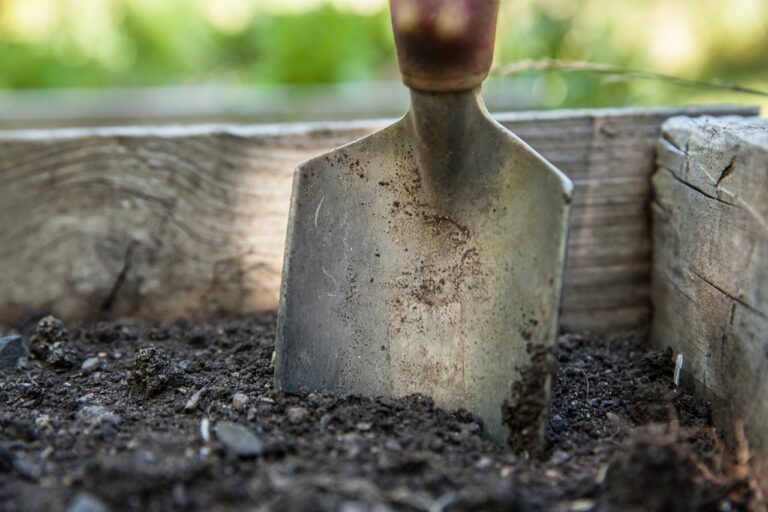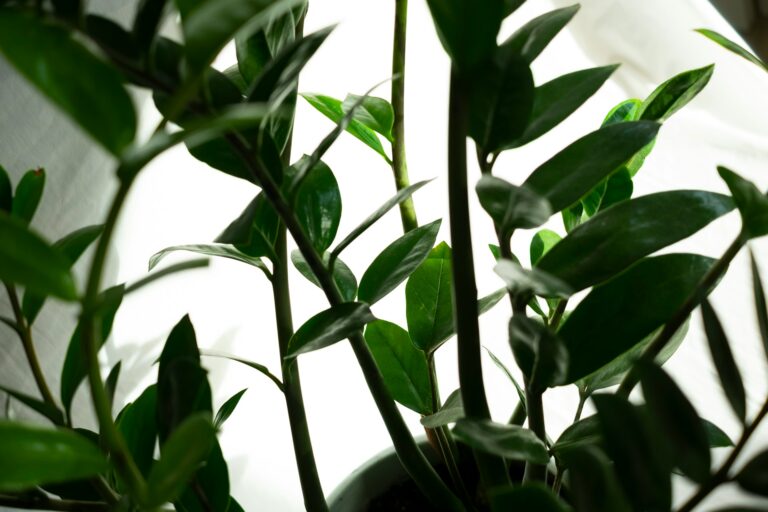Ah, the sweet aroma of fresh basil wafting through your kitchen! Did you know that indoor basil plants can produce leaves year-round if cared for properly? It’s true! A study by the University of Florida found that indoor herb gardens can improve air quality and reduce stress levels.
Indoor Basil Care is not just a hobby; it’s a delightful way to bring the essence of fresh, aromatic herbs into your home all year round. Imagine the sweet scent of basil enhancing your kitchen, or the satisfaction of plucking fresh leaves for your culinary creations.
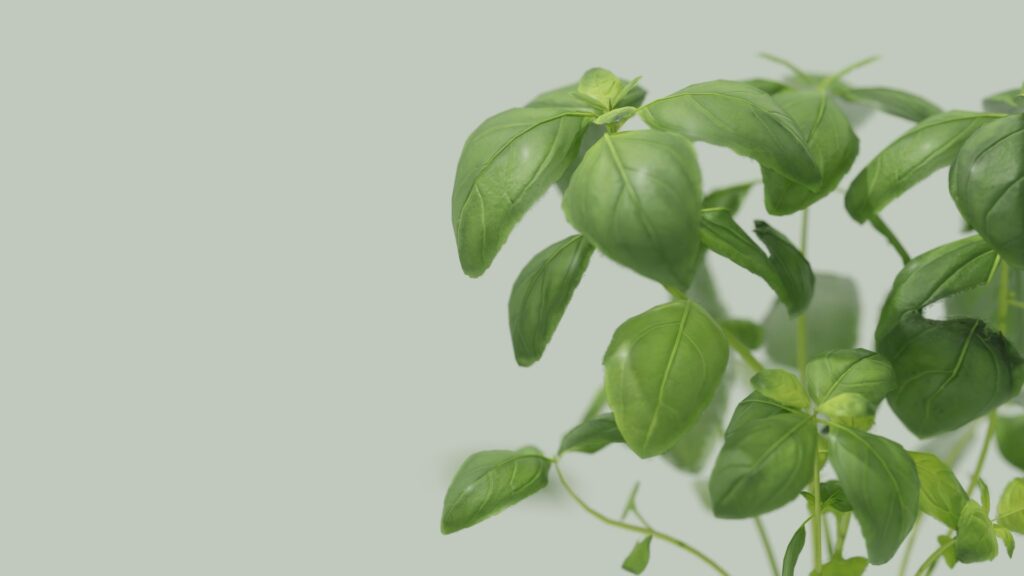
But how do you keep these aromatic greens happy inside? Don’t worry, green thumbs (and not-so-green thumbs)! We’ve got you covered with our ultimate guide to nurturing your indoor basil plant. Let’s dive in and turn your home into a fragrant herb paradise!
Indoor Basil Care Tips
Lighting
Importance of Proper Lighting for Basil Growth
Basil thrives in bright light, requiring at least 6-8 hours of direct sunlight daily. Insufficient light can lead to leggy growth and weaker leaves, so finding the right spot is crucial.
Best Locations in Your Home for Basil Plants
South or west-facing windows are ideal for basil plants. These locations typically provide the necessary light intensity. If natural light is limited, consider using artificial grow lights as a supplement.
Using Artificial Grow Lights if Natural Light is Limited
Full-spectrum LED grow lights can mimic natural sunlight, ensuring your basil gets the light it needs to flourish. Position the lights about 6-12 inches above the plants and use a timer to provide consistent lighting.
Watering Indoor Basil
Signs of Under-Watering and Over-Watering
Under-watered basil will have wilted, dry leaves, while over-watered plants may exhibit yellowing leaves and root rot. Balancing moisture is key to healthy basil.
Proper Watering Techniques and Frequency
Water your basil when the top inch of soil feels dry to the touch. Ensure even watering, but avoid waterlogging the soil. Typically, watering every 4-5 days is sufficient, but this can vary based on environmental conditions.
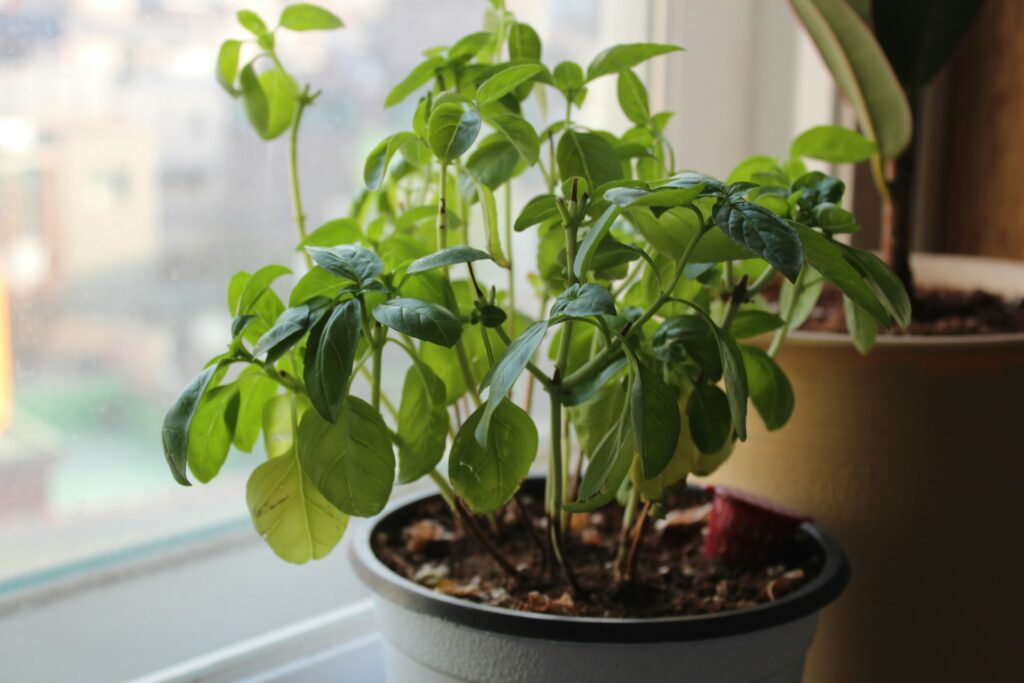
Using Well-Draining Pots to Prevent Root Rot
Choose pots with drainage holes to allow excess water to escape. Well-draining soil, such as a mix of potting soil and perlite, also helps prevent root rot by ensuring proper aeration.
Soil and Fertilizer
Selecting the Right Potting Mix for Indoor Basil
A high-quality, well-draining potting mix is essential for indoor basil. Look for mixes designed for herbs or vegetables, which often contain added nutrients to support growth.
Essential Nutrients for Basil Growth
Basil requires a balanced diet of nitrogen, phosphorus, and potassium. These nutrients support leafy growth, root development, and overall plant health.
Organic vs. Synthetic Fertilizers for Herbs
Organic fertilizers, such as compost or worm castings, provide slow-release nutrients and improve soil health. Synthetic fertilizers offer quick nutrient boosts but should be used sparingly to avoid chemical buildup.
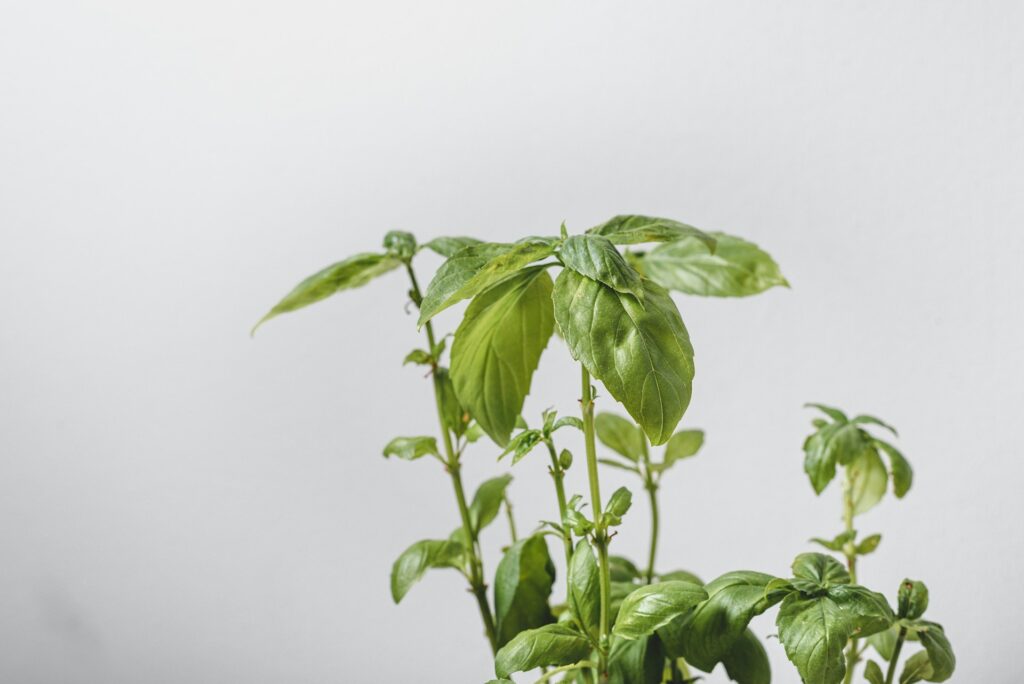
Temperature and Humidity
Optimal Temperature Range for Indoor Basil
Basil prefers temperatures between 70-80°F (21-27°C). Keep your plant away from drafts and extreme temperature fluctuations, which can stress the plant.
Increasing Humidity for Happier Herbs
Indoor environments can be dry, especially in winter. Increase humidity around your basil by using a humidifier, placing a tray of water nearby, or grouping plants.
Using Pebble Trays and Misting Techniques
Place your basil pot on a tray filled with pebbles and water to boost humidity through evaporation. Misting the leaves with water can also help, but avoid excessive misting to prevent fungal issues.
Pruning and Harvesting
Proper Pruning Techniques for Indoor Basil Care
Regular pruning encourages bushier growth and prevents your basil from becoming leggy. Pinch off the top leaves and stems just above a leaf node to promote branching.
When and How to Harvest Basil Leaves
Once the plant has grown enough to support picking, harvest basil leaves without harming its overall health. Harvest in the morning for the best flavor, and take only a few leaves from each stem to encourage continuous growth.
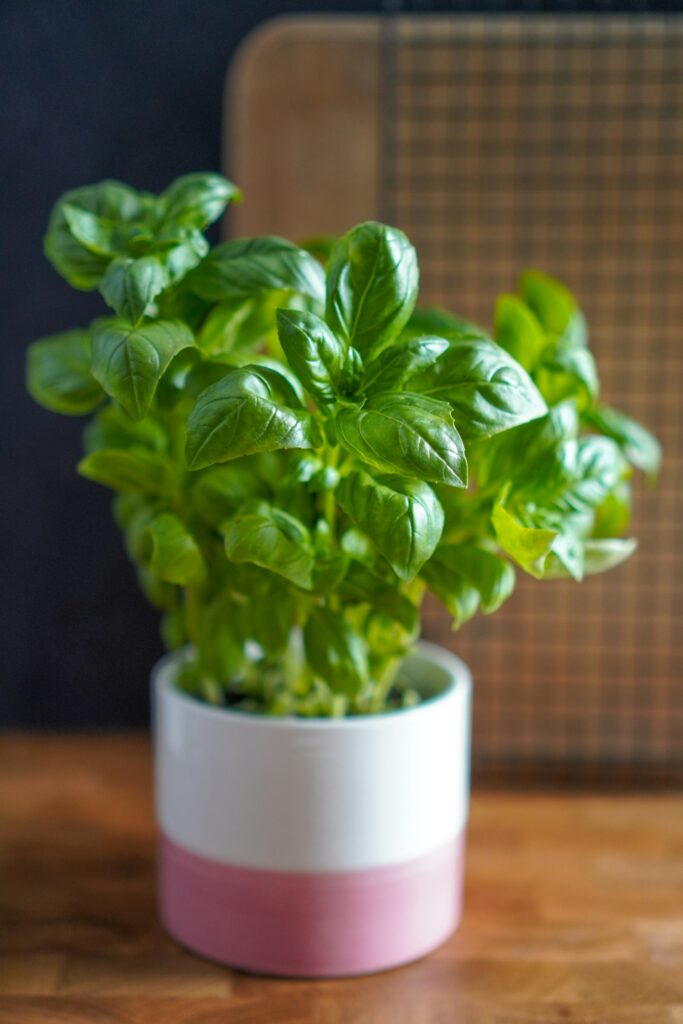
Storing Fresh Basil for Maximum Flavor Retention
Store freshly harvested basil in a glass of water on your countertop, or wrap the stems in a damp paper towel and place them in a plastic bag in the refrigerator. For long-term storage, consider freezing or drying the leaves.
Common Pests and Diseases
Identifying Common Basil Pests (Aphids, Spider Mites)
Common pests include aphids, spider mites, and whiteflies. Regularly inspect your basil for signs of infestation, such as discolored leaves or webbing.
Natural Pest Control Methods for Indoor Herbs
Combat pests with natural solutions like neem oil, and insecticidal soap, or introduce beneficial insects like ladybugs. Maintaining plant health and cleanliness can also prevent infestations.
Preventing and Treating Fungal Diseases
Fungal diseases, such as downy mildew and fusarium wilt, can affect basil. Prevent these by ensuring good air circulation, avoiding overhead watering, and using disease-resistant varieties. Remove and dispose of infected leaves promptly.
Ultimate Guide: How to Care for Calathea
Can You Transplant Succulents From Soil To Water?
Propagation
Methods for Propagating Basil (Cuttings, Seeds)
Basil can be propagated from seeds or cuttings. Cuttings are faster and can produce mature plants in a few weeks, while seeds offer a rewarding start-from-scratch experience.
Step-by-Step Guide to Growing Basil from Cuttings
- Cut a healthy stem about 4-6 inches long, just below a leaf node.
- Remove the lower leaves, leaving a few at the top.
- Place the cutting in a glass of water and position it in a bright spot.
- Change the water every few days and wait for roots to develop (about 2 weeks).
- Once roots are 1-2 inches long, transplant the cutting into soil.
Tips for Successful Seed Germination Indoors
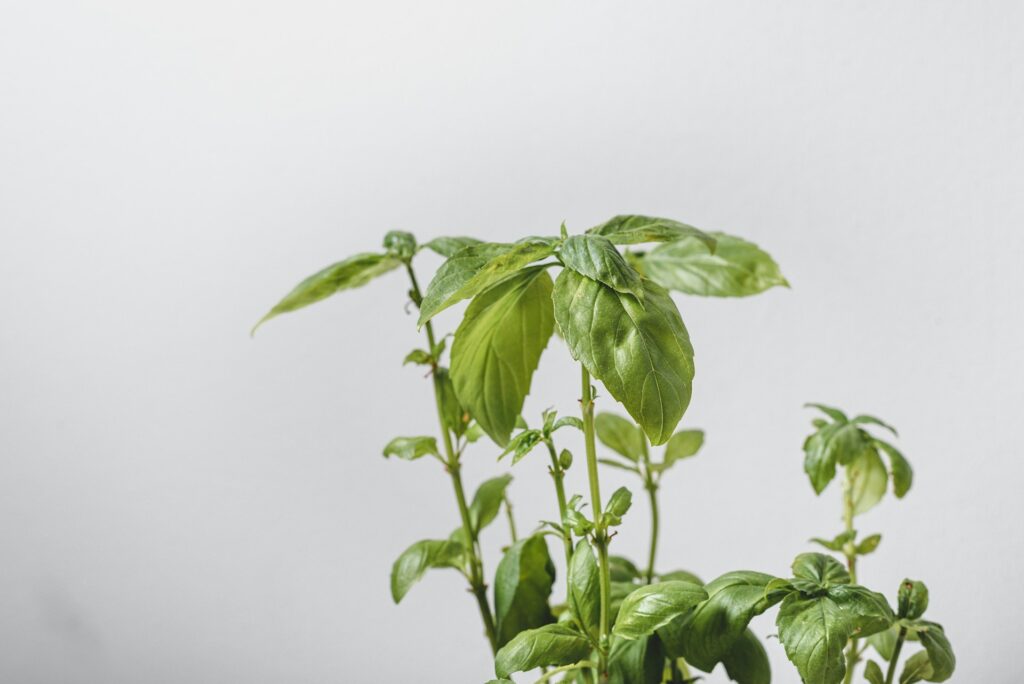
Start seeds in a seed tray or small pots filled with a seed-starting mix. Keep the soil moist and warm (70-75°F) until seeds germinate, usually within 5-10 days. Once seedlings have a few sets of true leaves, transplant them into larger pots.
How To Propagate Succulents From Leaves And Stem Cuttings.
Conclusion
There you have it, herb enthusiasts! With these seven expert tips, you’re well on your way to becoming an indoor basil care guru. Remember, a little love goes a long way in keeping your basil thriving.
So go ahead, nurture those aromatic leaves, and enjoy the fresh flavors and stress-busting benefits of your indoor herb garden. Who knows? You might just inspire a whole new generation of urban gardeners! Now, get those green thumbs ready and start your basil-growing adventure. Your taste buds (and your stress levels) will thank you!
